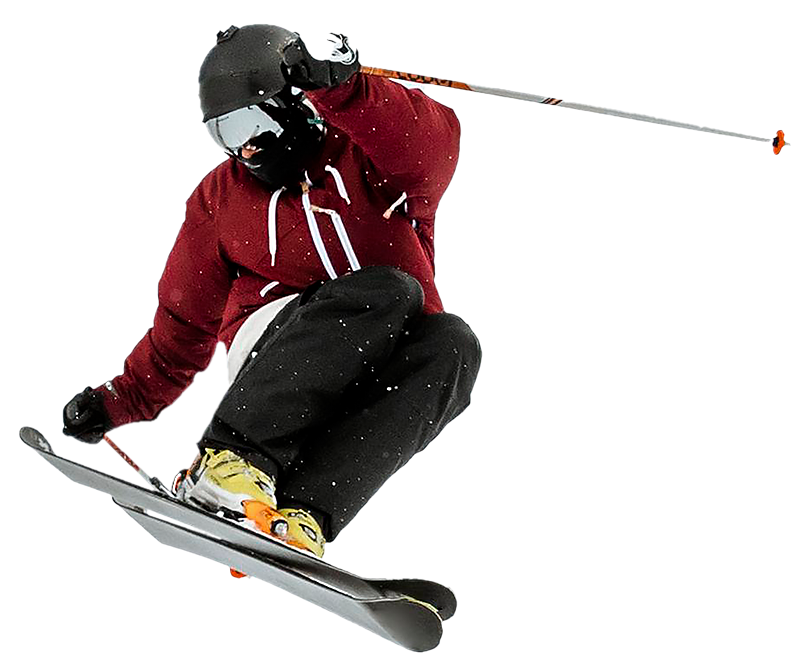
Wholesaling snowboards can be a profitable venture, especially with the increasing popularity of snow sports worldwide.
5min read
Whether you’re a retailer, distributor, or an entrepreneur entering the winter sports market, understanding the process of wholesale snowboard purchasing is essential. This guide will walk you through the key steps to successfully wholesale snowboards.
1. Understand Your Market
Before purchasing snowboards in bulk, research your target market:
Regional Trends: Consider the type of terrain your customers are likely to use snowboards on, as this affects their buying decisions.
Customer Preferences: Identify whether your audience prefers freestyle, all-mountain, or alpine snowboards.
Seasonal Demand: Snowboards sell best during the winter season, so plan your inventory accordingly.
Metus cras orci est mauris magna et lacus volutpat amet quis proin habitant
Choose the Right Suppliers
2. Choose the Right Suppliers
Finding reliable suppliers is crucial for quality and competitive pricing. Here’s how to select the best ones:
Product Range: Choose suppliers with a wide range of snowboards to cater to different skill levels, styles, and budgets.
Manufacturer vs. Distributor: Manufacturers offer lower prices but often have higher minimum order quantities. Distributors may offer flexibility but at slightly higher costs.
Reputation: Research reviews and ratings of potential suppliers to ensure reliability.

Velit nibh malesuada et tristique fusce id dictumst molestie maecenas augue feugiat tristique.
3. Evaluate Product Quality
Quality is a key factor for customer satisfaction. Here’s what to look for:
Design: Eye-catching graphics and finishes can significantly influence buyer decisions.
Materials: High-quality boards are typically made from durable materials like fiberglass, carbon fiber, or bamboo.
Construction: Inspect the board’s core, edges, and base for durability and performance.
Condimentum Massa Vulputate Mauris
Steve Jobs
Negotiate Pricing and Terms
When purchasing snowboards wholesale, negotiate terms to maximize profitability:
Shipping Costs: Minimize costs by consolidating shipments or negotiating free delivery.
Volume Discounts: Larger orders often come with better pricing per unit.
Payment Terms: Some suppliers offer flexible terms like partial payments or extended credit.
From The Shop
How to Wholesale Snowboards: A Comprehensive Guide
Wholesaling snowboards can be a profitable venture, especially with the increasing popularity of snow sports worldwide. Whether you’re a retailer, distributor, or an entrepreneur entering the winter sports market, understanding the process of wholesale snowboard purchasing is essential. This guide will walk you through the key steps to successfully wholesale snowboards.
1. Understand Your Market
Before purchasing snowboards in bulk, research your target market:
- Customer Preferences: Identify whether your audience prefers freestyle, all-mountain, or alpine snowboards.
- Seasonal Demand: Snowboards sell best during the winter season, so plan your inventory accordingly.
- Regional Trends: Consider the type of terrain your customers are likely to use snowboards on, as this affects their buying decisions.
2. Choose the Right Suppliers
Finding reliable suppliers is crucial for quality and competitive pricing. Here’s how to select the best ones:
- Manufacturer vs. Distributor: Manufacturers offer lower prices but often have higher minimum order quantities. Distributors may offer flexibility but at slightly higher costs.
- Reputation: Research reviews and ratings of potential suppliers to ensure reliability.
- Product Range: Choose suppliers with a wide range of snowboards to cater to different skill levels, styles, and budgets.
3. Evaluate Product Quality
Quality is a key factor for customer satisfaction. Here’s what to look for:
- Materials: High-quality boards are typically made from durable materials like fiberglass, carbon fiber, or bamboo.
- Construction: Inspect the board’s core, edges, and base for durability and performance.
- Design: Eye-catching graphics and finishes can significantly influence buyer decisions.
4. Negotiate Pricing and Terms
When purchasing snowboards wholesale, negotiate terms to maximize profitability:
- Volume Discounts: Larger orders often come with better pricing per unit.
- Payment Terms: Some suppliers offer flexible terms like partial payments or extended credit.
- Shipping Costs: Minimize costs by consolidating shipments or negotiating free delivery.
5. Understand Minimum Order Quantities (MOQs)
Suppliers often set MOQs for wholesale orders. These vary widely, so consider:
- Storage Capacity: Ensure you have adequate space to store bulk orders.
- Demand Forecast: Avoid overstocking by aligning your order size with projected sales.
- Budget: Factor in your upfront investment to ensure financial feasibility.
6. Branding and Customization
Many manufacturers offer customization services, allowing you to create branded snowboards:
- Logos: Add your logo to increase brand recognition.
- Graphics: Design unique visuals that appeal to your target market.
- Features: Customize the board’s shape, size, or materials to meet specific customer needs.
7. Ensure Compliance and Standards
Snowboards must meet safety and performance standards. Check for:
- Certifications: Look for compliance with industry standards, such as ISO or ASTM.
- Warranty: Ensure the supplier offers warranties to cover manufacturing defects.
8. Plan Your Logistics
Efficient logistics are critical for timely delivery and cost control:
- Shipping Options: Compare air, sea, and land freight options for cost and speed.
- Customs and Duties: Understand the import/export regulations for your country.
- Inventory Management: Implement a system to track stock levels and reorder efficiently.
9. Promote and Sell Your Snowboards
Once your inventory is ready, focus on marketing and sales:
- Online Store: List your snowboards on e-commerce platforms or your website.
- Social Media: Use platforms like Instagram and TikTok to showcase product designs and features.
- Retail Partnerships: Collaborate with local ski shops and resorts to increase visibility.
10. Build Long-Term Supplier Relationships
Strong supplier relationships can lead to better deals and support:
Loyalty: Consistent orders often result in preferential treatment or discounts.
Regular Communication: Stay in touch to discuss new products or negotiate better terms.
Feedback: Provide feedback on product quality and service to help suppliers improve.
Conclusion
Wholesaling snowboards requires careful planning, from choosing the right supplier to marketing your products. By focusing on quality, understanding market trends, and maintaining strong relationships with suppliers, you can build a successful business in the snow sports industry.
Get started today and carve out your place in this exciting market!

Enjoy 20% Off
Wholesaling snowboards can be a profitable venture, especially with the increasing popularity of snow sports worldwide. Whether you’re a retailer, distributor, or an entrepreneur entering the winter sports market, understanding the process of wholesale snowboard purchasing is essential. This guide will walk you through the key steps to successfully wholesale snowboards.

